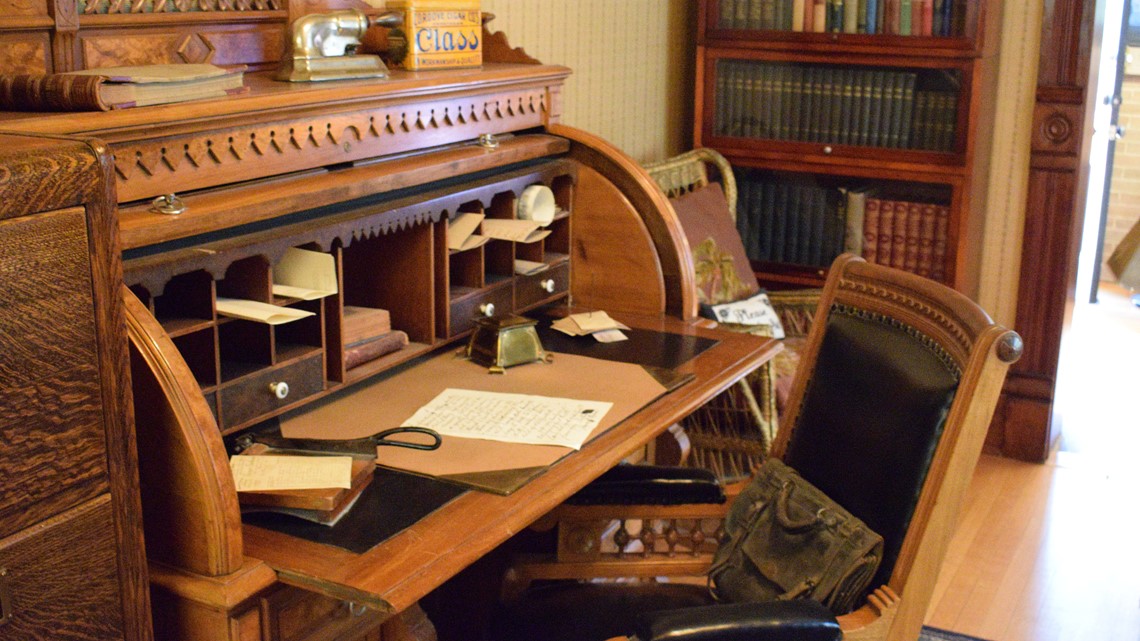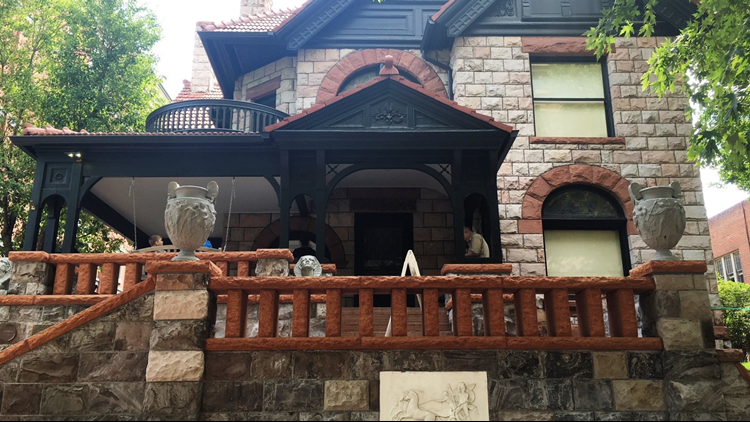KUSA — Given that Denver is in a perpetual state of change, it’s always refreshing to find a pocket of something that holds onto Capitol Hill's regal past.
That’s the Molly Brown House’s legacy, and thanks to a $2 million, three-year renovation project, this museum and tribute to the unsinkable woman herself (you might remember her as Kathy Bates’ character in “Titanic”) will remain a window into what Denver was during the late 1800s and early 1900s for years to come.


The money for the renovations came from private donors. Andrea Malcomb, the museum director, said $1 million went directly into the work you see at the museum, and the other $1 million is going into something similar -- an endowment for renovations that might be needed in the future.
Malcomb said 60,000 people a year visit the Molly Brown House – and that includes thousands of kids on field trips. Below, we have a look at some of the big changes you might notice from the renovations. Click/tap here for more information about visiting the Molly Brown House.

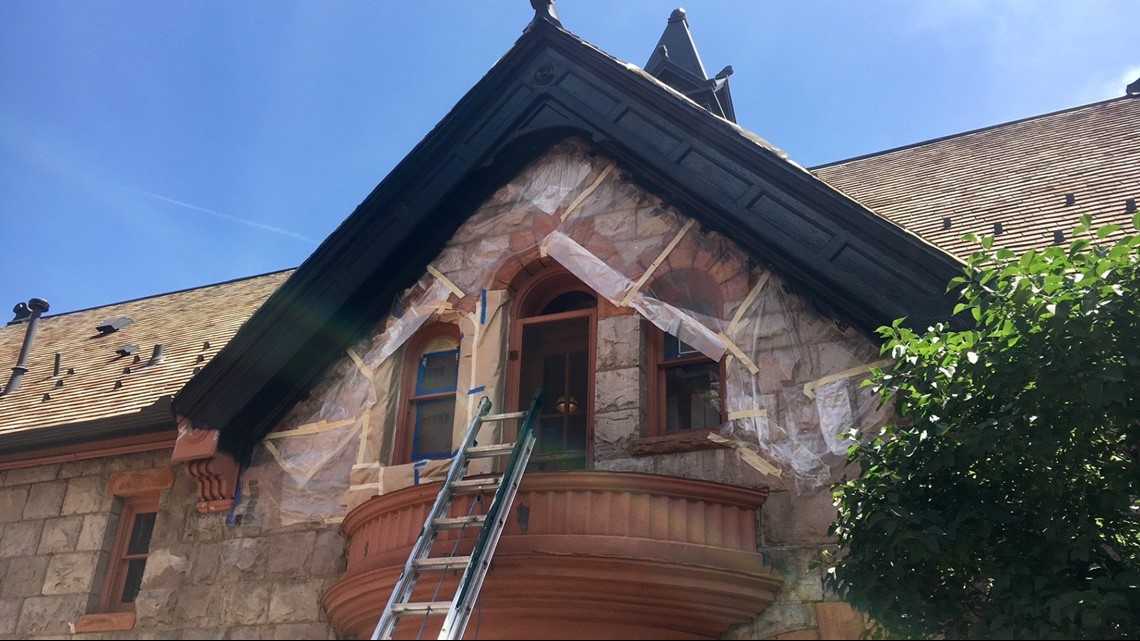
Accessibility
An important change at the Molly Brown House was making it accessible to people with disabilities. This involved installing a lift in the basement area (which has since been turned into a museum honoring Colorado’s mining history). The lift takes visitors to the first floor and the historic patio, which Malcomb said now has a view of the Colorado State Capitol dome.
The exterior

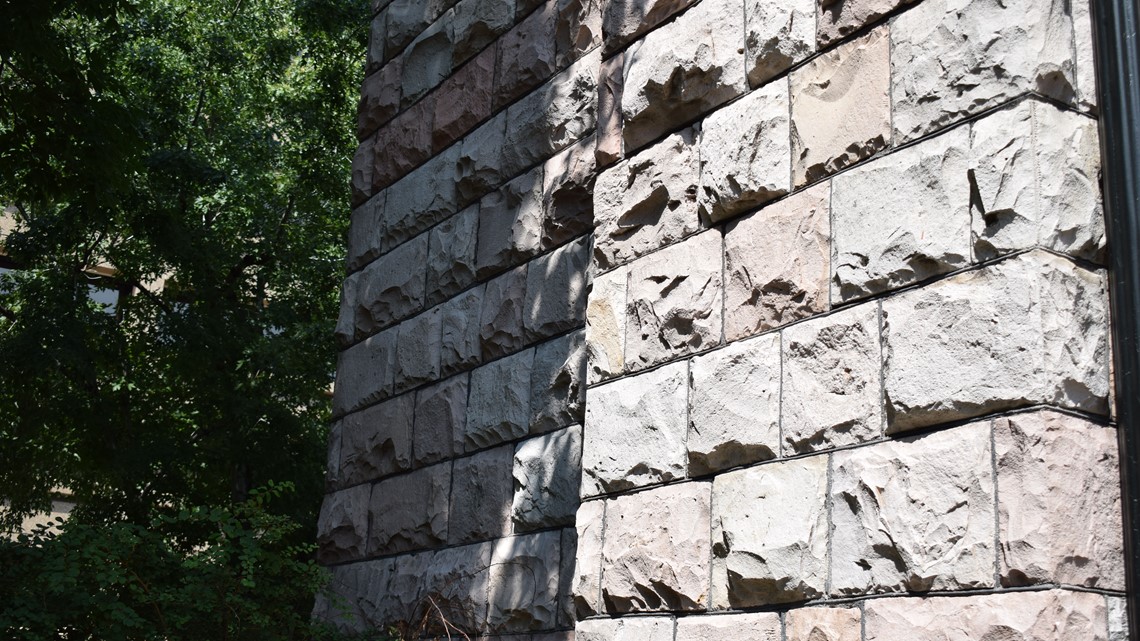
The Molly Brown House has seen a lot since it was built in 1887. It was a home for the Titanic survivor and her self-made mining engineer husband James Joseph (J.J.) Brown. Later, it was a boarding house for men and women, until it was set to be torn down in the 1970s and turned into a parking lot. What’s now known as Historic Denver banded together to save the house from certain demolition, and it’s since been restored into the museum it is today.
That doesn’t mean time hasn’t taken its toll though. One of the biggest changes you’ll notice from the renovation is the color of the paint on the roof of both the home and carriage house. It was red during its boarding days, but has since been restored to the greenish-black favored by the Brown family.

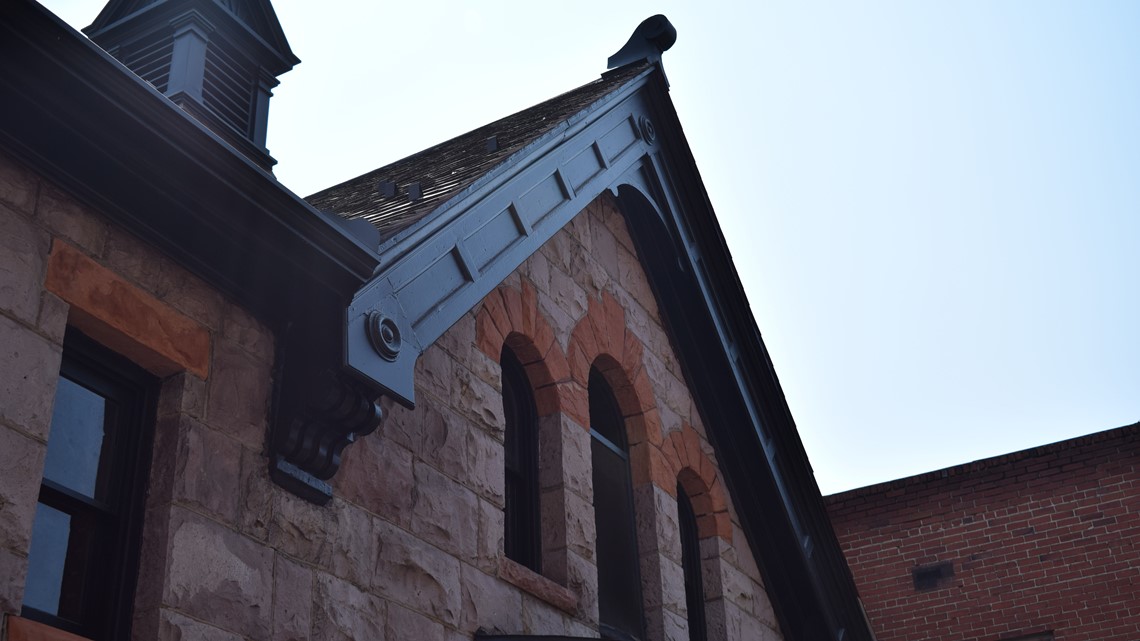
The bricks on the outside of the home have also received some heavy-duty cleaning. Malcomb said they used to be slightly black from soot, but have now been restored to the original color. The stones are the same as what you’d see at Red Rocks or the Brown Palace.
“We like to say our house is made out of Colorado,” Malcomb said.
Crews also stabilized the front porch of the historic home and quarried new stone in Wyoming.
“You can’t tell what’s historic and what’s not,” Malcomb said.



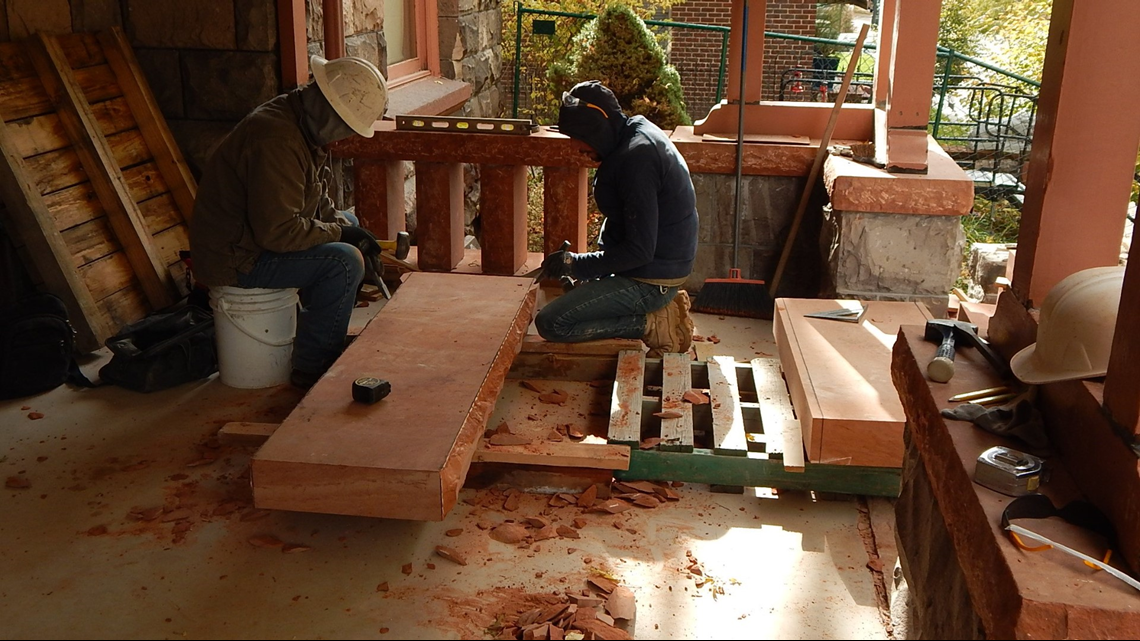
The stained glass windows

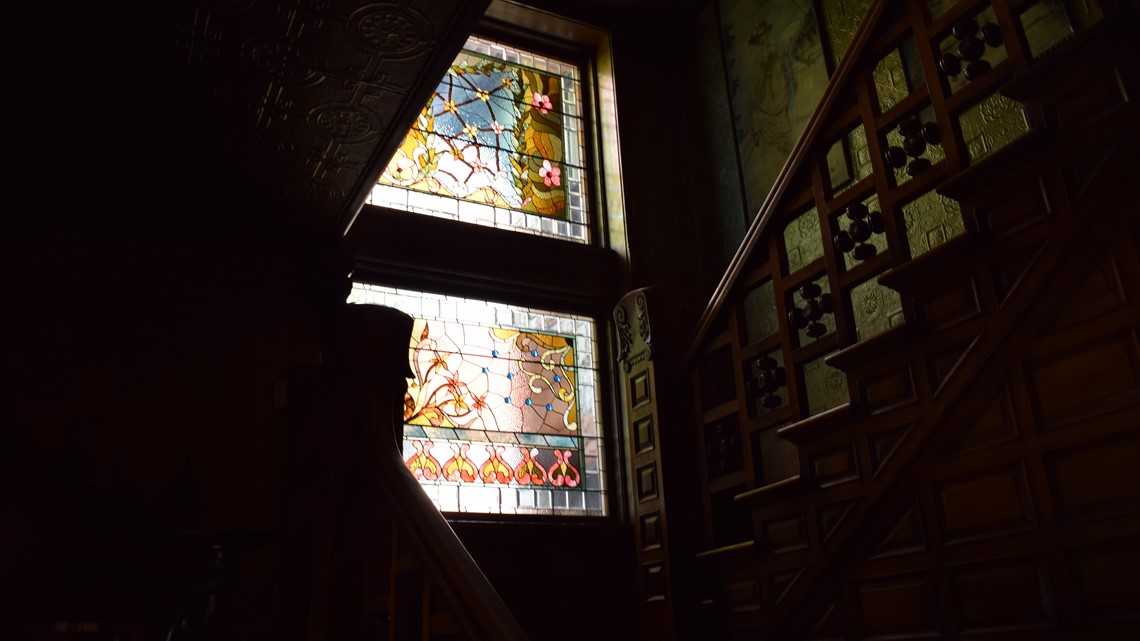
A 5th generation artisan at Watkins Stained Glass Studio in Englewood restored the windows above the stairs in the historic home.
That artist told Malcomb that he believes his grandfather was the one who originally made the stained glass, which has a rare, hand-faceted crystal.
“We had no idea how special it was,” Malcomb said.
The servant’s quarters

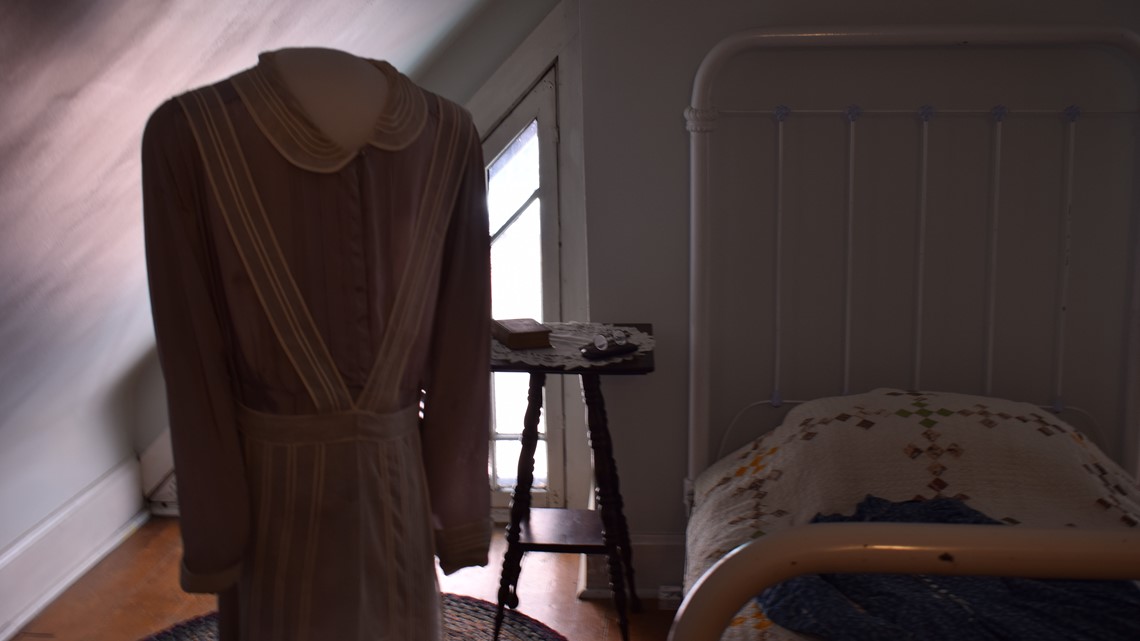
The Molly Brown House renovation allowed the museum to open up a section of the house on the top floor.
“We were neglecting some of the other stories in the house, those of the servants,” Malcomb said.
This new room is a “servant’s quarters,” and tours include historic information about the people who served the Browns – including one woman who traveled with her to Japan.
For what it’s worth, Malcomb said working for the Browns was a great gig, and they were known in Denver for treating their staff well.
Opening up the back room

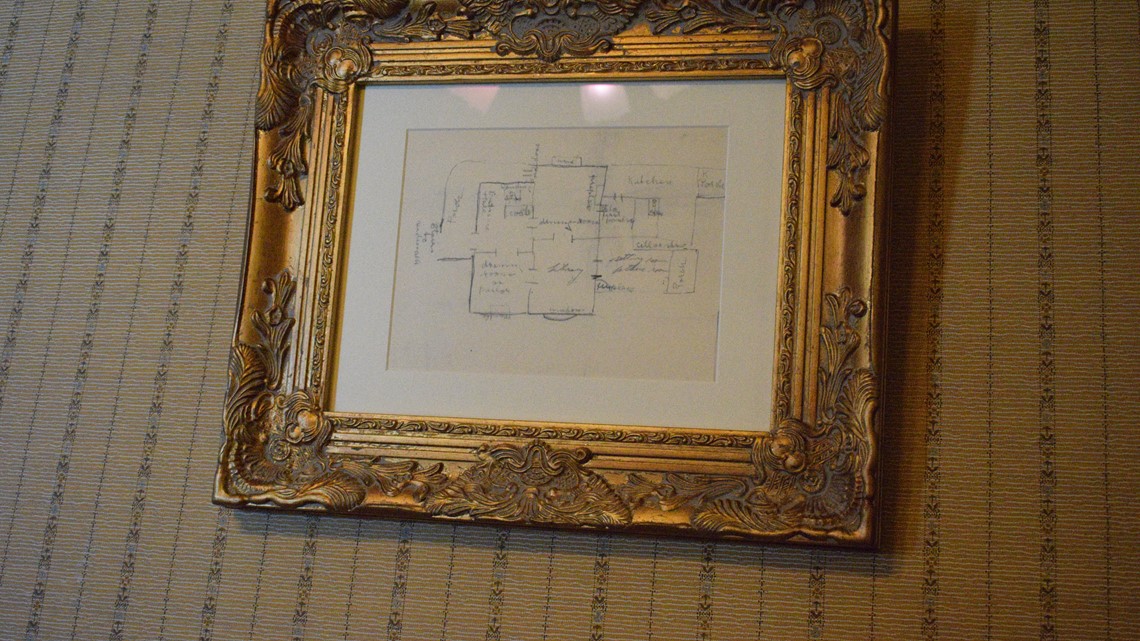
Up until 2015, the back room of the Molly Brown house was separated by a wall that had been installed when it was a boarding house.
It has since been reconnected for the first time in 40 years – with help from a scrapbook that came from Molly Brown’s daughter. It contained a drawing of the home’s floorplan, and in paying homage to this, the museum was able to honor an oft-forgotten part of their history (partially because Molly Brown herself was such an icon that she overshadowed everyone).
“It puts JJ back into the center of the story,” Malcomb said.
This section of the house is a sitting room of shorts for the man of the Brown house and leads out to the back patio.

